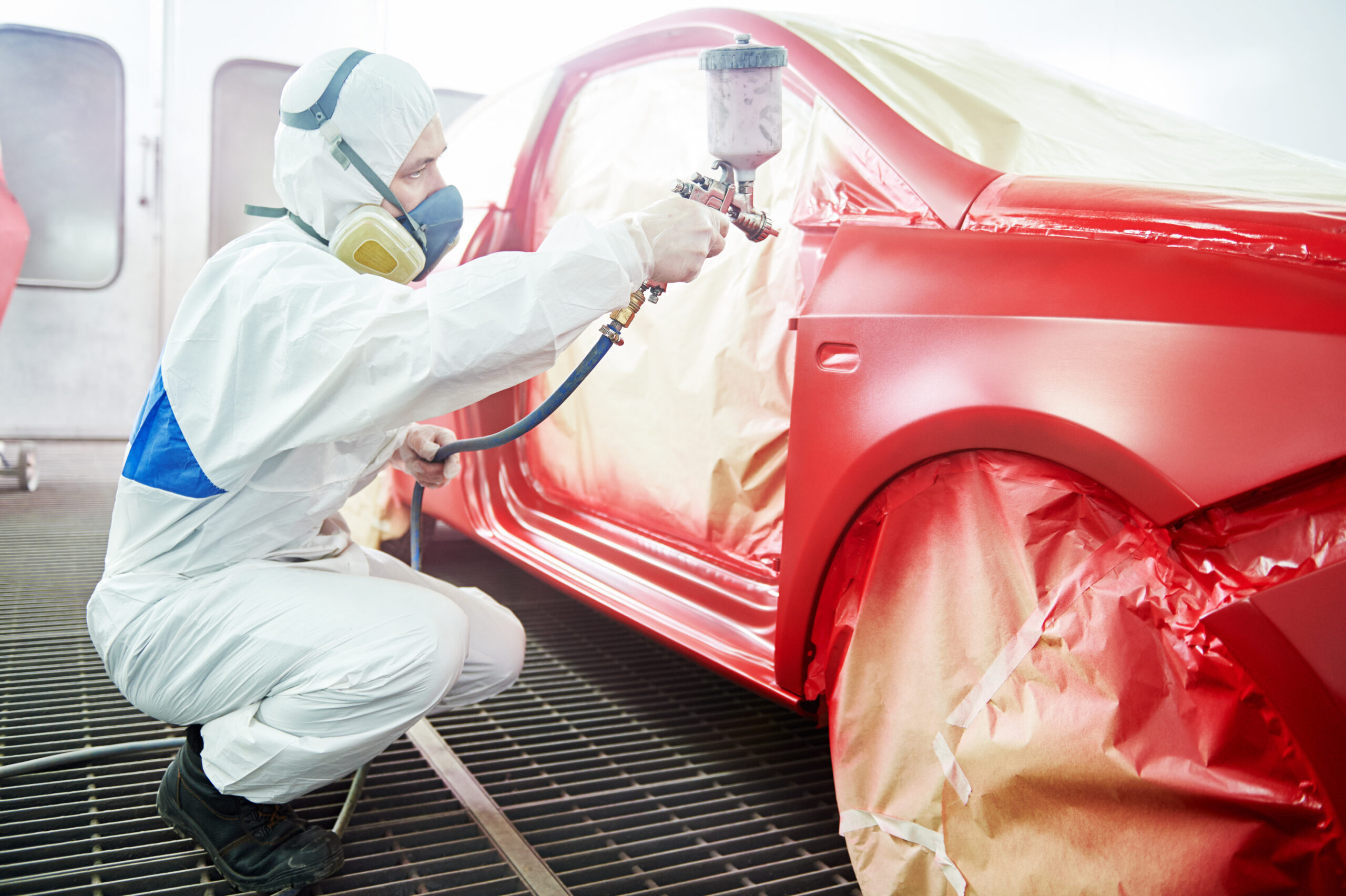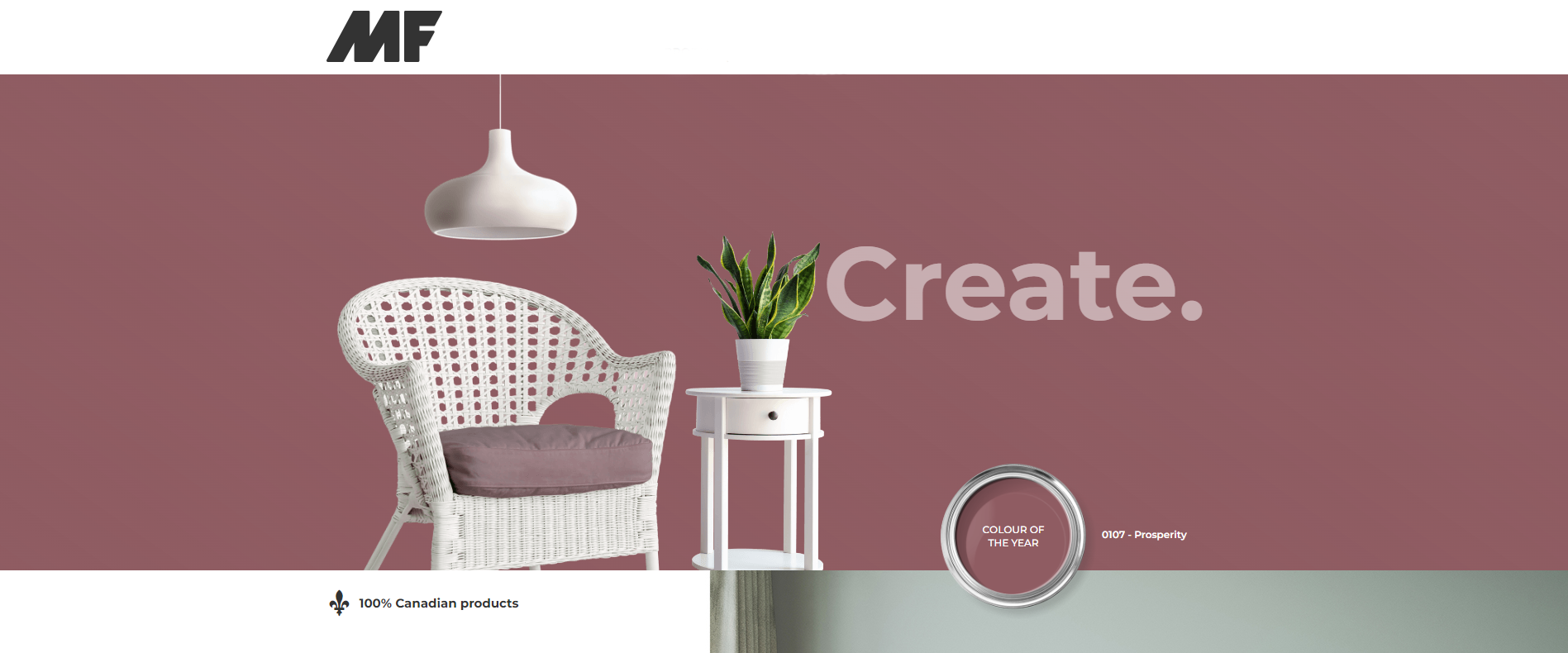In December 2019, the European Union announced ambitious plans to become the first climate-neutral continent and realise the European Green Deal. Besides measures concerning mobility and agriculture, the industry urged to respond to this challenge. A crucial emphasis here is the mobilisation of the industry towards a clean and circular economy, focussing on the efficient use and reuse of raw materials.
Furthermore, they expressed an ambition to reduce air, water, and soil pollution. An overhaul of the legislation on chemical substances is proposed, amongst other items, to achieve this. The recently published restriction proposal around PFAS (per- and poly-fluoroalkyl substances) is already a good example of how the European Union is pushing the industry forward in the search for safer alternative technologies.
Embedding this circularity and sustainability in daily operations, production processes, and product range is also a must in the coatings industry. Powder coatings are a highly sustainable surface technology with a lower ecological footprint than liquid coatings, but that does not mean there is no room for improvement.
Sustainable processes
In this regard, we have taken a closer look at various items given energy saving and the preservation of our processes.
For instance, if we look at the raw materials used here, they are dominated by petrochemical derivatives (resin, additives, black “carbon black” pigment, etc. and TiO2 (white pigment) is also known to have a substantial impact on the environment.
Several suppliers and manufacturers are now aware of this and are shifting their focus to sustainable alternatives. We are looking at the limit we can deploy these technologies together. The supply of such bio-based and recycled raw materials is still limited, but we certainly see potential. In some cases, even better coating performance was obtained. The degree of sustainability of the product or process obtained is calculated and valorised using an eco-footprint tool, allowing us to design more purposefully.
From the coating market, there currently is no pull strategy for implementing eco-labels and incorporating such recyclates or renewable raw materials into the coatings. Although this should not prevent us from realising the introduction ourselves (f.i. there are already targets regarding this in the plastics and packaging industries).
In terms of our production processes, we engaged an energy consultant who, based on an energy scan, proposed concrete and quantified measures which we are currently addressing. In addition to classic interventions such as LEDing, heat management and insulation, we now monitor the consumption of individual machines and have a better insight into energy-intensive processes. These are now used more intelligently and, for instance, put into stand-by mode faster.
Steps are also being taken in terms of waste management. New processes are in place to minimise and recycle waste. In powder coating production, ultrafine fraction (<5µm) is not wanted. It causes application problems and is therefore removed. Whereas this used to be disposed of as waste, we currently try to revalue it as much as possible.
For the management of our wastewater, a new water treatment plant has been installed, which is operated more efficiently and also more energy-efficiently. In addition, this reduces our emission values, something the Flemish government has been paying much attention to recently.
Energy-saving technologies
For over ten years, energy saving has been central to our product range. It is already since 2010 that the PE40 (AG-KOTE), a low-bake coating for degassing substrates, won the Surface innovation prize. Meanwhile, this is one of the many products within our “Low bake” LB-SERIES that allow our customers to save energy during the curing process. This range is gaining strong popularity and will be expanded further to serve the growing demand.
Recently, products such as the EF26 DOD (dry-on-dry) primer were also introduced; where the topcoat is applied directly to the primer powder layer and baked out together. Not every application allows this, but besides the energy savings realised, there is also a gain in productivity.
The process of painting a primer is an obstacle for many, both financially and technically. Here, the HD-KOTE polyester offers a solution, immediately providing increased corrosion resistance in a single-layer application that often already meets the set requirements.
The high corrosion resistance offered by a thin layer of powder coating remains one of the core elements of the technology. Together with the solvent-free ecological fact, it should broaden the scope of the application. It often remains neglected, resulting in awareness and the share of powder coatings in the coatings market being too low. Therefore, it is crucial for the industry to further adopt the low-bake technology and raise awareness around its sustainable nature and the opportunities it offers.





